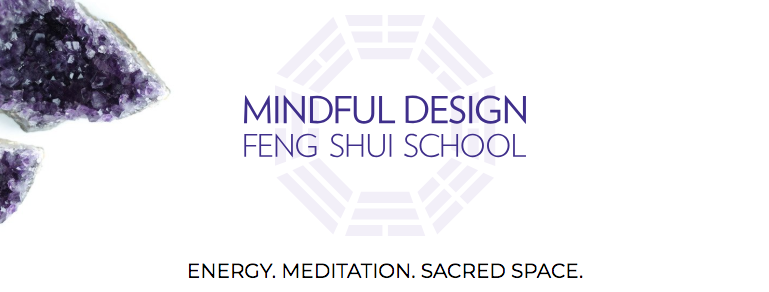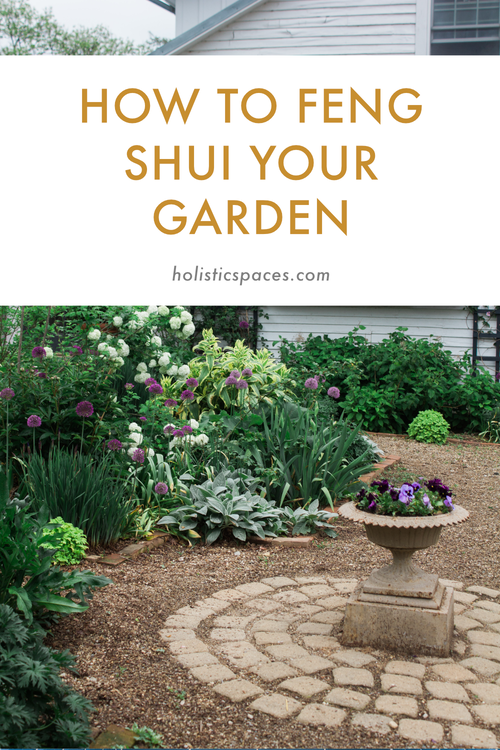Photo by Content Pixie on Unsplash
In feng shui, we see spaces as alive. Like other living beings, our spaces have energy. They absorb the qi of the people who live and spend time in them, and they can also hold onto energy from people who used to live there. This is called predecessor qi, and it’s not always the most helpful. It can sometimes make us feel stuck and contribute to challenges.
If you are feeling like there is stuck qi in your home, I would recommend a space clearing, which I like to call a space blessing, to shift the qi. You can think of space blessing or space clearing almost like a shower for your home. How refreshed do you feel after you’ve taken a shower? Space clearing provides the same kind of refreshment to your home.
There are many different ways to do a space blessing. Here are a few of my favorite methods:
Clear your space with sound
Using devices like crystal singing bowls, metal singing bowls, bells, or even your own voice is a wonderful way to transform stuck energy. Try starting in the middle of each room in your home, and allow the sound to resonate outwards. You can also start at your front door, ringing a bell or singing an uplifting song, and move clockwise throughout your home. Hug the wall on your left, and visualize your home being purified, uplifted, and filled with rainbow light.
Clear your space with botanicals
You can also shift the qi in your home by burning botanicals. This is a way of connecting to the heavens, and the smoke helps to transform the energy of your space as it rises. You can consider which botanicals resonate with you and which ones grow near you, and then purchase or make a bundle that you can burn. You can then gently light the botanical above a fireproof bowl, and walk clockwise around your home as the plant material is burning. As you do this, visualize your home being filled with rainbow light. You may also want to chant or sing while you are walking around your home.
Clear your space with oranges
Oranges are also often used in feng shui as a space blessing tool. Oranges are very auspicious, and they have a lot of yang energy. You can keep a bowl of fresh oranges in your kitchen and allow the scent to uplift the energy in your home as you’re peeling and enjoying them, or you can cleanse your home with a mist made with fresh orange peels or orange essential oil.
I hope this inspires you to refresh the energy in your home!
If you’d like to learn more about feng shui, check out Mindful Design Feng Shui School at: www.mindfuldesignschool.com





